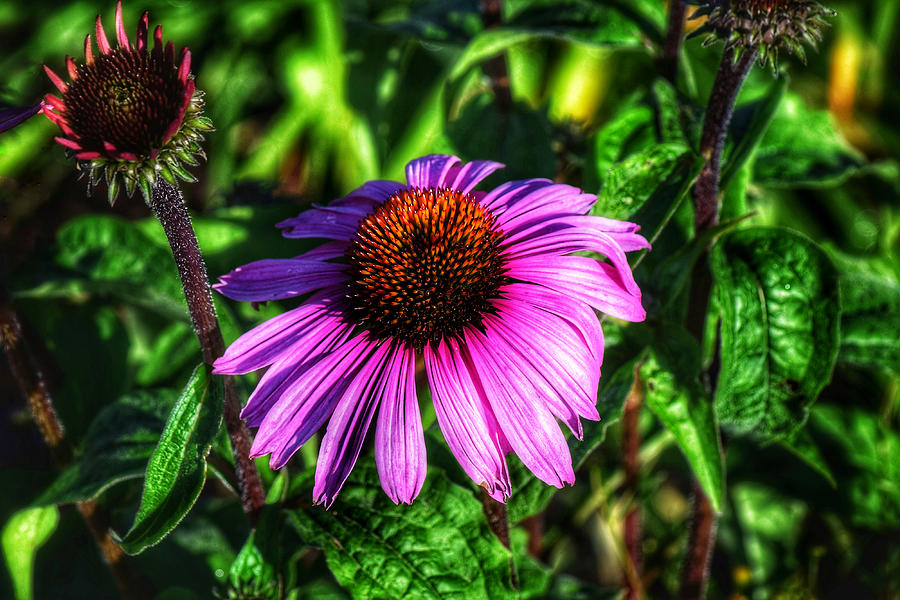45+ New Purple Coneflower Roots
45+ New Purple Coneflower Roots. A couple of decades ago, echinacea purpurea became one of the first wildflowers to make a successful transition into mainstream horticulture. The roots of echinacea are large and require substantial amounts of water, but.

Purple coneflower can be found as far east as georgia. Click to see full answer. Please note that we have a short video.
The Omaha And Ponca Used The Plant As Eyewash.
It will feed the finches and other small birds through the winter and what seeds are left will sprout new plants in the spring. The roots of echinacea are large and require substantial amounts of water, but. Coneflowers are still widely used today in.
Coneflowers Grow Well From Seed And Can Be Divided To Make New Plants.
Green twister echinacea plant (coneflower) preorder for june shipping. If you are sowing it outdoors, then the best time to do it is during the late spring or summer. Please note that we have a short video.
In Addition To Being Beautiful The Flowers Can Also Be Used To Make An Extremely Popular Herbal Tea, Purported To Help Strengthen The Immune System.
The teton sioux used coneflower to cure tonsillitis. Echinacea purpurea (aka purple coneflower, or purple echinacea) is one of the most popular perennials in the garden. Echinacea purpurea occurs in the eastern united states.
This Year For Some Reason They Have Taken Off.
Other names purple coneflower (e. Purple coneflower (echinacea purpurea) has a fibrous root system with short woody rhizomes. Compost (optional) illustrated guide for dividing echinacea purpurea, with pictures.
Purple Coneflower, Or Echinacea Purpurea, Is By Far The Most Popular Variety Of Coneflower.
The lakota ate the root and green fruit when they were thirsty or perspiring (rogers 1980, munson 1981). Recent studies have revealed that certain standardized preparations contain potent and selective antiviral and antimicrobial activities. Also known as purple coneflower and eastern purple coneflower.